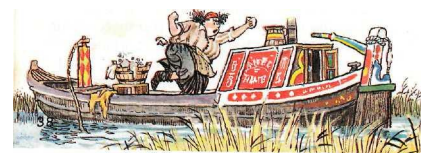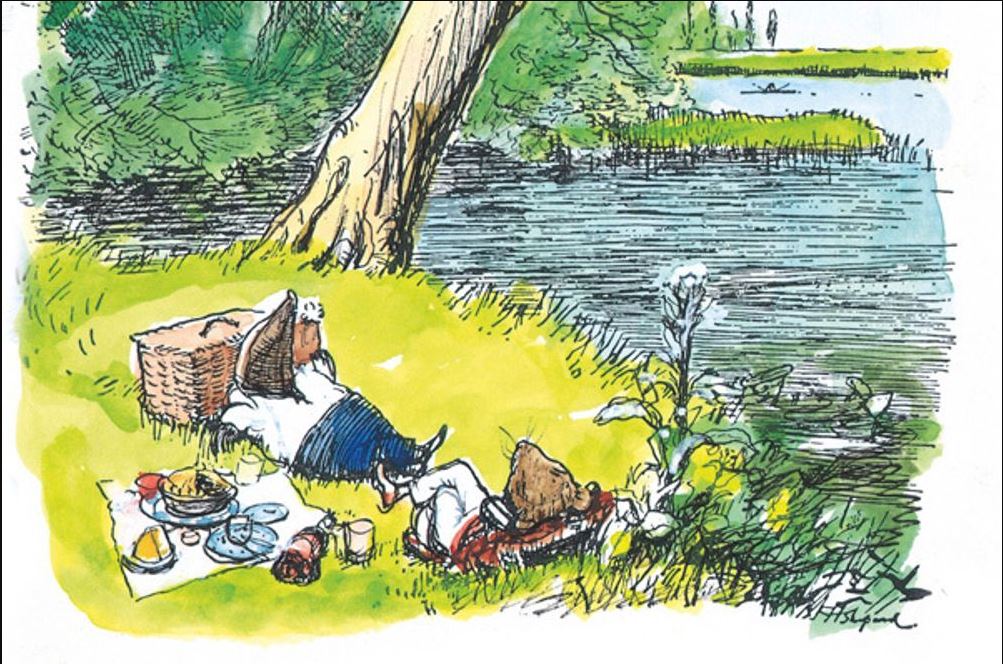“One does not argue about The Wind in the Willows. The young man gives it to the girl with whom he is in love, and, if she does not like it, asks her to return his letters. The older man tries it on his nephew, and alters his will accordingly. The book is a test of character. We can’t criticize it, because it is criticizing us. But I must give you one word of warning. When you sit down to it, don’t be so ridiculous as to suppose that you are sitting in judgment on my taste, or on the art of Kenneth Grahame. You are merely sitting in judgment on yourself. You may be worthy: I don’t know, But it is you who are on trial.”
(A.A. Milne, the author of Winnie the Pooh)
The book was already translated into our mother tongue when I was a child. However, the title sounded boring to me, so I never wanted to read it. I have no idea why I started reading it to my child when I was in my late, late 40s. Since then we have read it more than once, and for my 50th birthday I bought myself the huge hardcover book of the annotated edition.
As with all great books, I am so eager to write about it and excite other people so much that they read it, and then I fail to do it for years because I am lost for words. But let me be brave and venture into telling you about it!
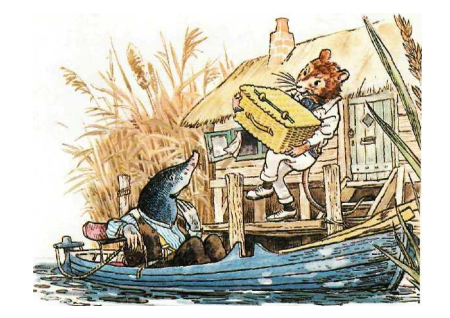
The main characters are a group of four anthropomorphic animals – Mole, Rat, Toad and Badger. They live in the countryside, where a river flows near a forest. They are quite distinct characters, living independent lives, but they are united by spontaneous tacit loyalty and a penchant for living the good life. One of them deviates from this description, but the rest are his truly good friends who go out of their way to save him.
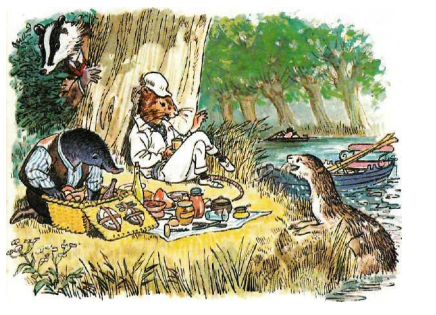
These fellows enjoy themselves and their activities, they cherish nature, good food and sound sleep, and they strike a beautiful balance between the comfort of their habitual lifestyle and the venture into the unknown, even the scary. Again, one of them is a deviant figure and he is too often excited and sucked into the unknown, getting into scrapes time and again. Another one lives in the scariest place amidst wild and unreliable creatures, but he remains untouched, solid and grounded, a brave figure on whom you can always lean – rough, crude and real.
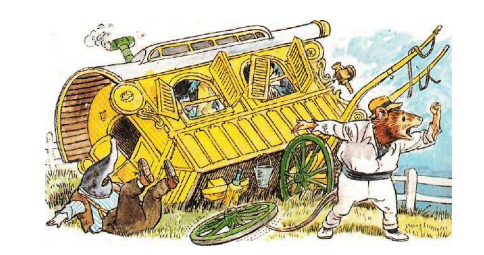
One of them constantly follows his whims and wishes and lacks the integrity of his friends. They let him live his life, despite the fact that they do not approve of it, and they accept him with good humour. However, they are also quite honest with him when it comes to serious matters, and they do their best to drag him back home from what seems to be a hopeless situation. Of course, his own trickster mindset and his zest for life help him out too.
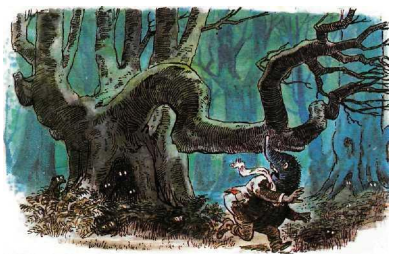
This is a book that subtly teaches important values: integrity, friendship, sacrifice, etc. It is not a didactic one – the kind that instinctively puts you off. On the contrary – you want to read more and more of it because it is exciting, sometimes scary, sometimes hilarious, sometimes nostalgic – running the whole range of human feelings.
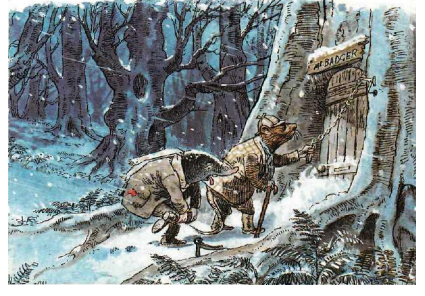
It is a book that prompts you to paint landscapes and other vivid pictures in your mind, and if you read it to a child, it would be really good to pay special attention to illustrations. If your copy does not happen to have really good ones, you can find a lot online, as well as videos, so that you help your child get to know the landscape and internalise it in order to be able to call it back from memory when needed and set their own scenarios inspired by it.

The book is a celebration of the material beauty of the world, the nourishment of the senses, but it is also a celebration of the soul and what truly nourishes it. And finally, it is a celebration of the spirit, the thing that calls us beyond to transcend our immediate circumstances and commune with the sublime.
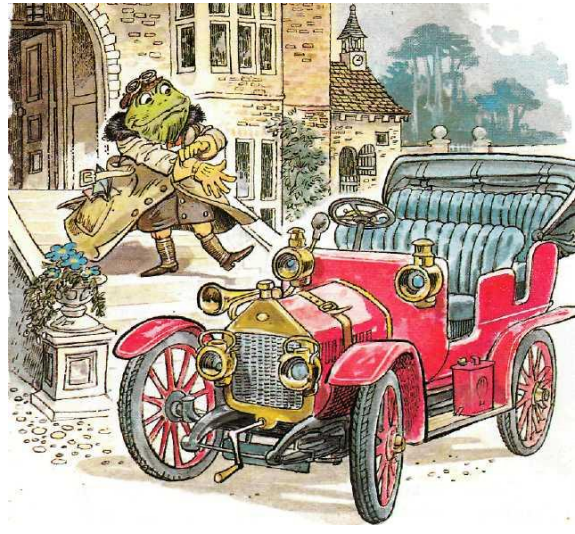
Last but not least, the book is written in a beautiful rich language, and children deserve to be exposed to such beauty not only for purely aesthetic reasons. The pragmatic reason is that words are associated with meanings, so the more words you know, the more notions you “own” and the wider and deeper you come to know the world and the dignity of being a human.
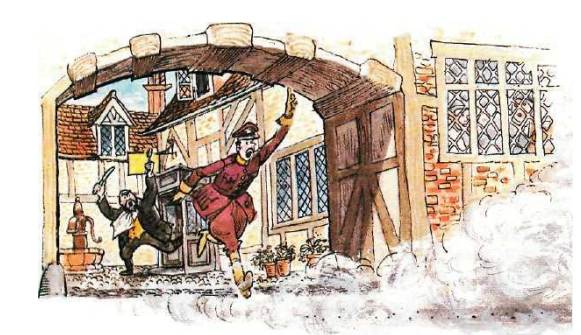
P.S. Aside from the literary value of this book, it can be used as a prompt to activities related to exploration of nature, art and adventure. It will surely inspire children to recreate scenarios from it in their own symbolic play, enriching them to their own liking and venturing beyond the book, driven by their imagination.
